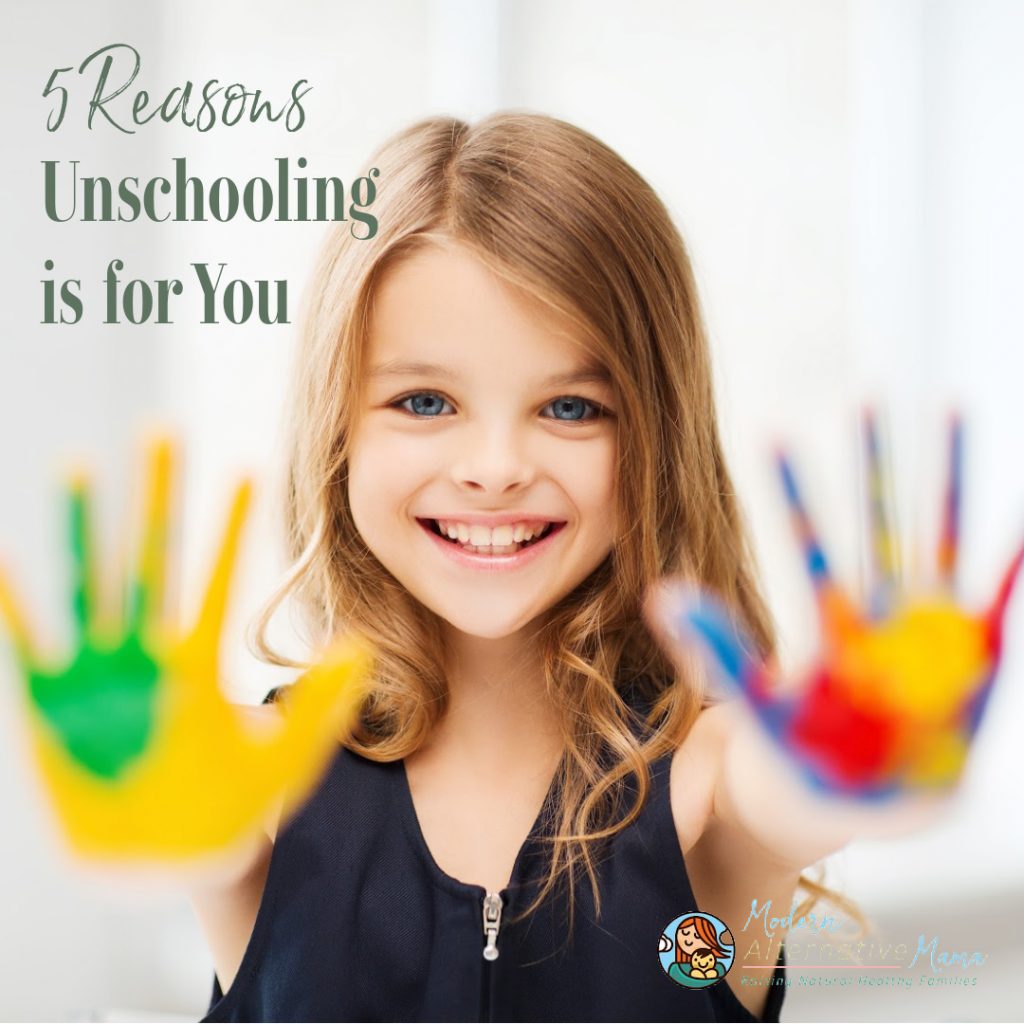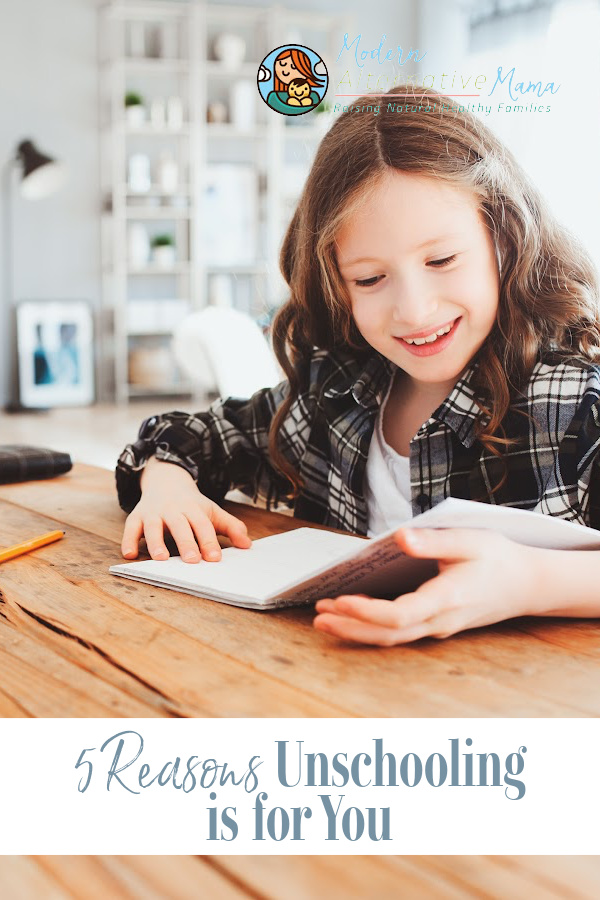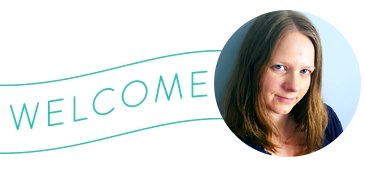Homeschooling, or the idea of educating your children at home has many different styles, flairs, and facets. In fact, the term “homeschooling” is a very broad term. There are many different ways that parents may choose to educate their children at home.
One common approach to educating children at home, is the unschooling model. It is sometimes referred to as child-led learning, interest based learning, and delight-directed learning. As you might imagine, unschooling does not follow a traditional model for education.
In the unschooling model, children are encouraged to learn about the things that interest them. They learn as they explore ideas, rather than have the ideas presented to them. Children who are unschooled choose their path of education with help and direction from the parent but not as a mandate.
Many people think unschooling means not teaching kids at all, but the idea is quite the opposite. In the unschooling model, the kids are learning things at their pace and in the style they choose.
Check out this article to find out more about what unschooling looks like.
If you’re not sure whether or not unschooling would be the right approach for you and your family, consider these five reason:
1. You Want to Homeschool Your Kids, but You Don’t Want to Follow a Traditional Approach
Perhaps the idea of homeschooling really appeals to you, but you really don’t want your kids to follow the same format as a conventional school. Unschooling is definitely different.
With unschooling, there isn’t a formal daily routine. Kids are not given traditional homework or tests. There are no grades kept (unless your child wants you to keep a record of grades).
When I first started homeschooling, my oldest son and I were both very stressed. We felt a struggle to keep up with worksheets and test. I felt like a failure when he wasn’t learning what I taught him at the pace I gave it to him. There were more tears flowing from both of us then I care to admit.
One day I woke up and realized that I wasn’t doing anything different by educating him at home then if he was going to a conventional school. He wasn’t learning and I was stressed beyond belief. That very same day I threw away the workbooks and we began to explore the ideas that interested him. Over the years I never worried about testing him or giving grades. I didn’t want to follow a traditional approach to education.
That’s why I started homeschooling. But I soon realized that I wasn’t helping him out at all! Once we let go of the traditional approach, we both started enjoying his education. I’m happy to report that just weeks after graduation, he was given a very nice opportunity for an internship in computer programming. I firmly believe that we both wouldn’t be where we are today if I had held on to the traditional approach to homeschooling.
Unschooling is definitely not traditional.
2. You Want Your Children to Learn According to the Way They’re Naturally Gifted
Since unschooling allows your children to explore their natural desires and interests, you will find that your kids begin to pursue those things that they are gifted in. Unschooling doesn’t fit each child into the same mold and so your kids can be individuals.
Why spend years forcing your child to learn science when she is more drawn toward language and fine arts? You will waste both of your time forcing a “round peg into a square hole”. Instead, if you want to direct your children toward those things that naturally come easy to them, unschooling is definitely for you!
3. You Want Your Children to be Self-Motivated
The unschooling model naturally lends toward your children becoming self-learners, which in turn, means that they will be self-motivated.
This does not mean that you aren’t offering any guidance. You must be involved as a parent, but you are not there to mandate your children to do the things you want them to do. They will explore those things that interest them. They know that in order to advance their education, they must be on top of their game!
When kids see all that they can learn, they are much more inclined to be self-motivated. The reward is fun! They learn and can accomplish so much.
4. You Want a Relaxed Learning Environment for Your Children
In the example above, my son and I were anything but relaxed. In fact, the overarching sentiment in our home was stress. I wasn’t providing a relaxed learning environment for him.
Unschooling is quite the opposite. Since you won’t stand as the “commander in chief” each day of school, but rather the advisor, you’ll be amazed at how much more relaxed the approach is. In a relaxed setting, where children are learning what they want to learn, so much more education can take place.
5. You Want Educational Freedom
By now you should be figuring out that the unschooling approach offers so much flexibility and freedom. Your kids will essentially learn how and what they want to. If you choose to unschool then you can watch as education begins to unfold in a way that is both enjoyable and liberating. Unschooling gives you the ability to guide your kids into choosing what is best for them. No one will be able to dictate what is best for you and your children.
Is Unschooling Right for You?
Only you and your children can decide if unschooling is right for you. It will involve a commitment on both of your parts.
Unschooling does not mean not educating your children, nor is it a hands-off approach. If you choose to unschool your kids, you’ll need to be highly involved in their education.
Consider the reasons above to find out whether unschooling is a good choice. Be prepared to face questions from those around you. Understand that you’ll need to learn and adjust to a new and different way of thinking.
Should you choose to unschool your children, you’ll find that it is very rewarding. Be willing to try and adjust your approach as needed until you tweak your system to find the best way that works for your family.



